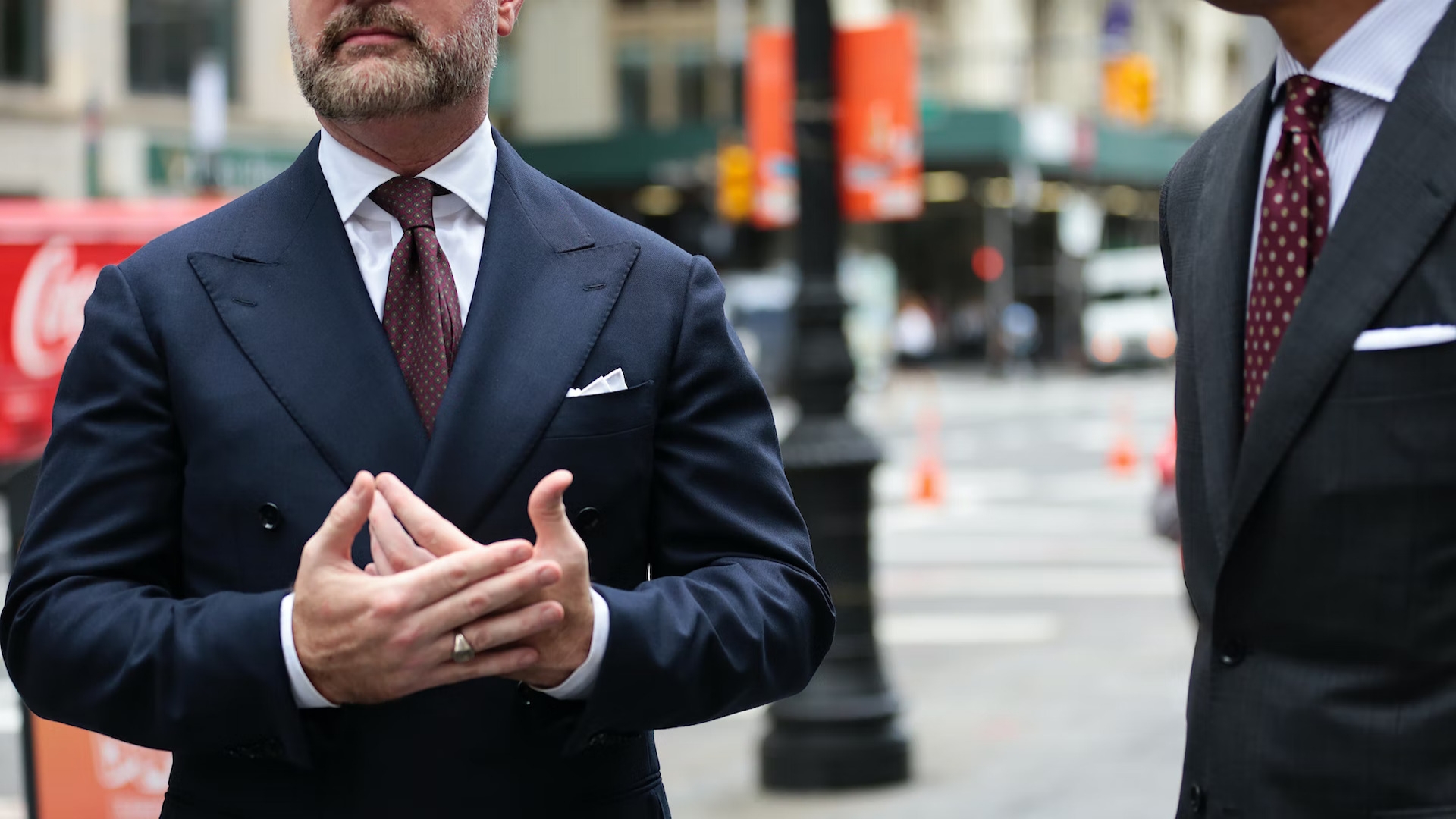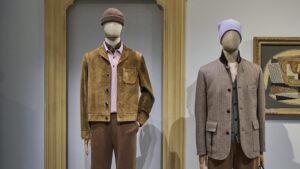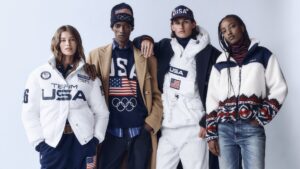Contrary to popular belief, even in the era of egregious marketing fluff, there remains a vast chasm (provided you make smart, informed decisions) between a custom-made suit priced at $500 versus one at $5,000. Whereas capital-F fashion is largely ephemeral – with premiums dictated by notoriously unquantifiable things like ‘clout’ – the money you spend on good tailoring is evident in a very palpable way: through fabric, construction and the highly individuated nature of cut.
Consequently, it’s a good idea to acquaint yourself with the various areas of expense that add/detract from the final price point of most custom suits. From lead times to the ordering process, and the all-important concept of a ‘house style’, read on for an exhaustive guide to the difference between a $5,000 tailored rig and its three-figure cousin.
RELATED: Italian Menswear Brands – A Complete Guide To Living ‘La Dolce Vita’
Buying Off-The-Rack Vs. Made-To-Order (MTO)
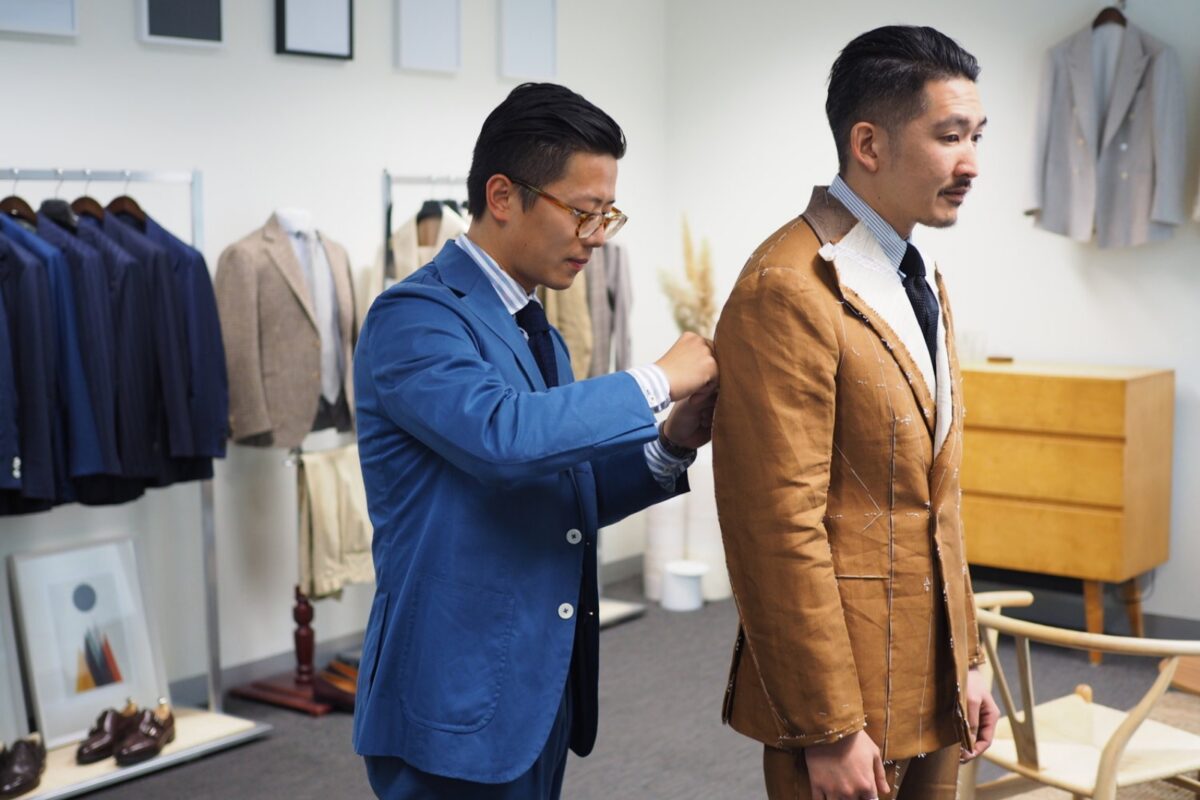
Even at the preliminary stage, the experience of buying a suit on a $500 budget differs substantially from what will happen if you’ve got $5,000 to play with (or anything over $1,500 for that matter). In the former situation, the emphasis should always be upon stretching the value of every dollar at your disposal. That usually entails a quick trip to your nearest, most dependable retailer of off-the-rack suits – Suitsupply and M.J. Bale are both excellent jumping-off points – where the most substantial human interaction you’re likely to have is at the point of sale.
Mind you, none of this is to say you can’t nab an absolutely killer fit for a couple hundred dollars: merely that everything else around that rests in your discretion. This means alterations and advice on fabric/suitability of what you’re getting won’t necessarily be forthcoming – buyer beware.
By contrast, a $5,000 budget gets you into the realm of authentic custom suiting – well, that or a sportcoat from Brioni – and with this comes the structured (and occasionally ritualistic) process of consultation, getting measured up and then (depending on the brand in question) an average of at least two fittings wherein you’ve seen what you ordered gradually take shape.
This all might seem like a significant time-sink (at least initially) but as we’re about to explain, the incremental nature of the process goes a long way to explaining why some tailoring houses are charging you just shy of $5,000 for custom suits.
Lead Times
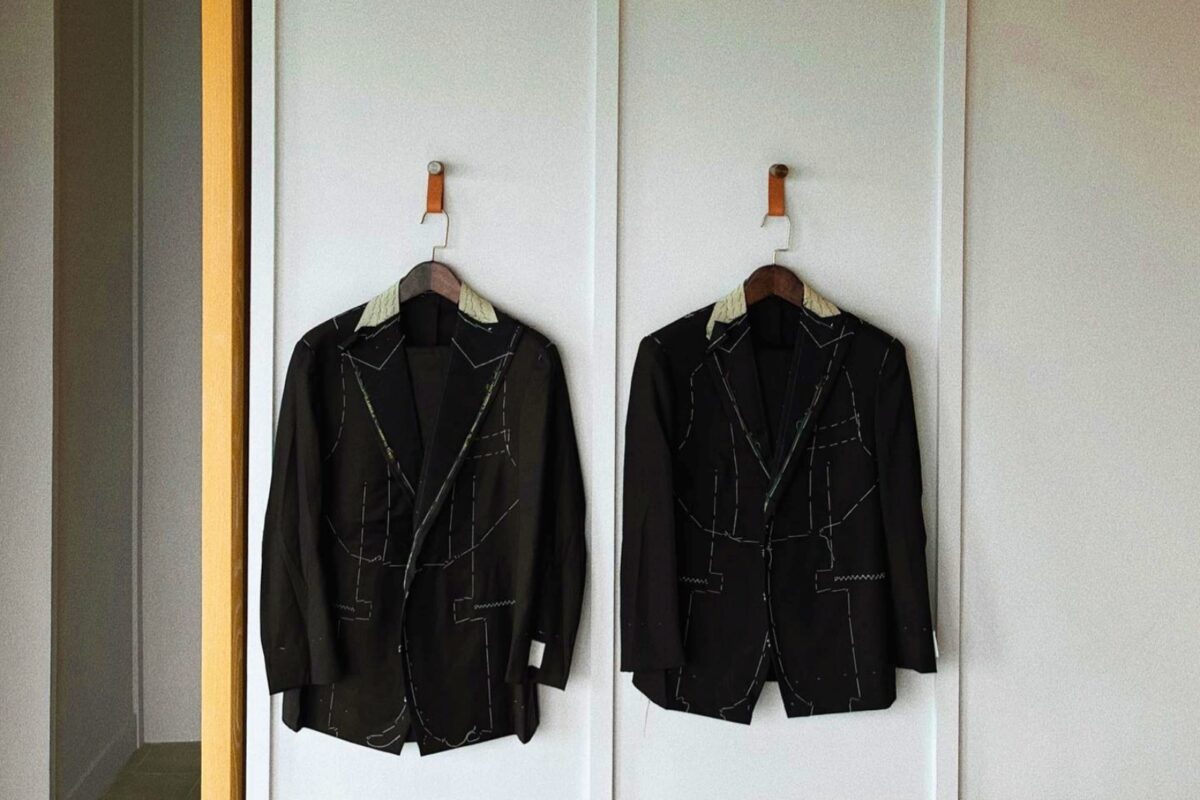
The ‘slow food’ energy that colours the process of making a multi-thousand-dollar suit is something most men serious about classic tailoring eventually come to terms with. If a quick turnaround is what’s most important (likely because you’ve left things until the last moment) then the off-the-rack $500 pick mightn’t be the worst option. That’s because, beyond basic bits of engineering (i.e. cuffing your trousers or the length of a sleeve) the bulk of the garment is already pre-made: usually, as part of a bigger run of clothing supplied by a third-party manufacturer.
By contrast, really good custom-made suiting – which one is most certainly capable of finding for $5,000 – begins life as a series of measurements, taken from your body during the initial phase of consultation. That alone means you’re looking at wait times that greatly exceed even the lengthiest bout of alterations, with most custom suit brands in Australia quoting a window of approximately 3-6 weeks.
Occasionally, there are exceptions: yet because the vast majority of tailoring outfits are using workshops in China or Italy, these lead times account for shipping and the duration it takes to go back and forth with partners in a completely different country.
On ‘House Style’ And The Perils Of (Too Much) Choice
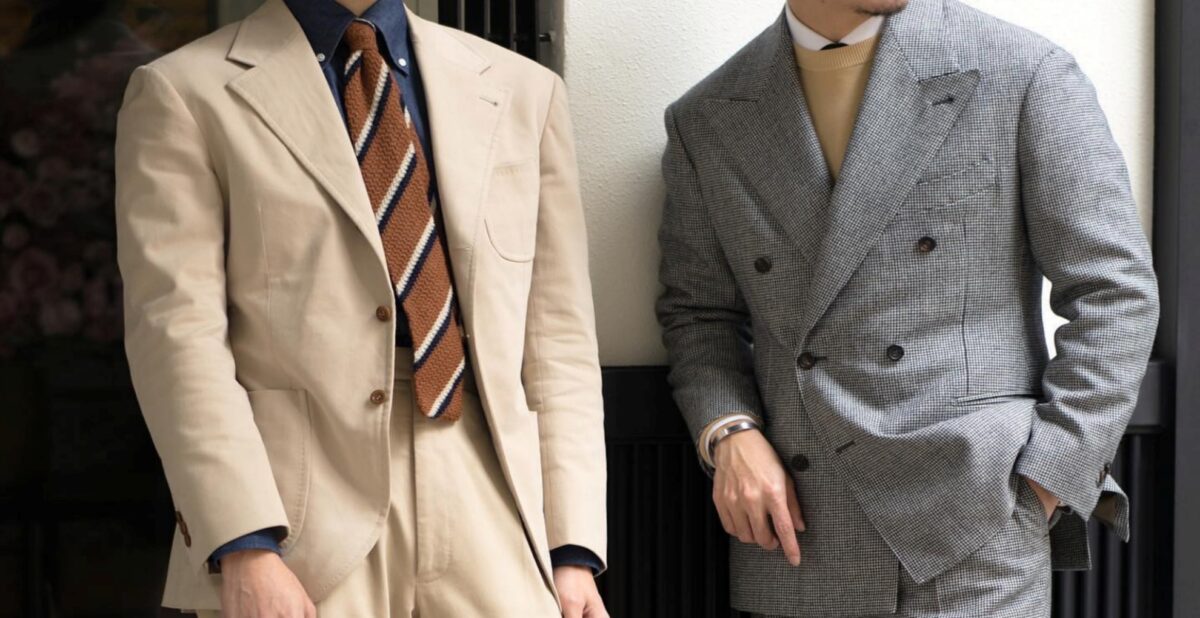
Another of those areas which people get hung up on when they first step into the whole custom suits thing, ‘style’ is a very nebulous, at times even dangerous word. Rather than the term being about buttons, pocket shapes or the kind of fancy lining you’d like to go inside your jacket; it’s better to understand ‘style’ as the overarching aesthetic of the brand you’re buying into.
Ergo, it’s a very risky thing to go with a tailoring house that boasts of its ability to make you literally “anything” under the sun: something that (regrettably) is a recurring theme when shopping around a $500 budget on the backstreets of Bangkok, Ho Chi Minh City or Cairo. Short of being a qualified tailor yourself – after all, you’re only human – focusing on points of superfluous decoration gets in the way of the conversation you should be having.
Are the shoulders of your jacket sufficiently wide? When buttoned, does the collar neatly hug your neck? Is the length proportionate, considering your height and arm length? Do both trouser fronts appear to be in balance with one another?
A well-thought-out house style answers all of these questions, and then improves on them with a unique deviation or two: only possible when tailors invest sufficient time and money in honing the ‘block’ (a kind of sartorial master blueprint) used in the making of every garment. You see this most acutely in the divergence between Italian tailoring firms in the country’s north and south – where suiting from both locales evinces a proportionate fit, yet still is in possession of tiny regional nuances.
To put things another way: the most marked difference between a (bad) $500 suit and its four-figure counterpart will be in the way that everything comes together. In the former case, what you’re liable to have on your hands is a dog’s breakfast of a garment; whereas in the latter, both individual elements of clothing (i.e. the jacket and trousers) will demonstrate a certain visual cohesion. To paraphrase Justice Potter Stewart – you’ll know it when you see it.
RELATED: 5 Summer Suiting Essentials From Trunk Tailors Founder Jack Liang
Uniquely You – Now And Into The Future
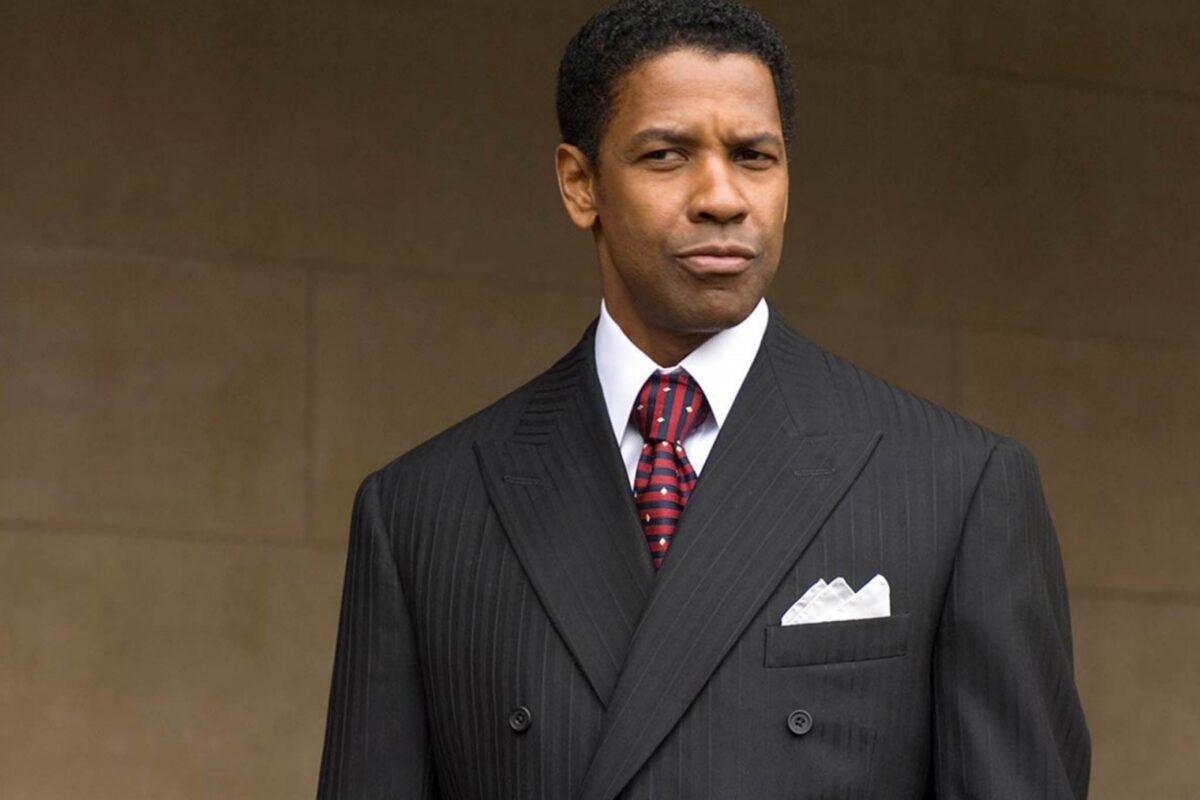
Finally, though it isn’t a quality that technically excludes the humble $500 suit, a four-figure order from a reputable tailoring firm will have a bespoke quality that makes it particular to your physique and personal lifestyle. Given the right parameters (e.g. bodily measurements resembling those of a department store mannequin) this is something that a handful of blokes can achieve with off-the-rack suiting, but in almost every situation, it’s a poor substitute for the genuine article: where numerous facets that normally go unspoken – down to posture and the side of your body you favour in motion – can be factored in.
By extension, this means certain ‘allowances’ can be made for how the proverbial $5,000 suit will fit going into the future; and it’s not unheard of for very skillful bespoke tailors to inlay a surplus amount of cloth so your coat and trousers can be adjusted with the passage of time. Talk about a long-term investment.
